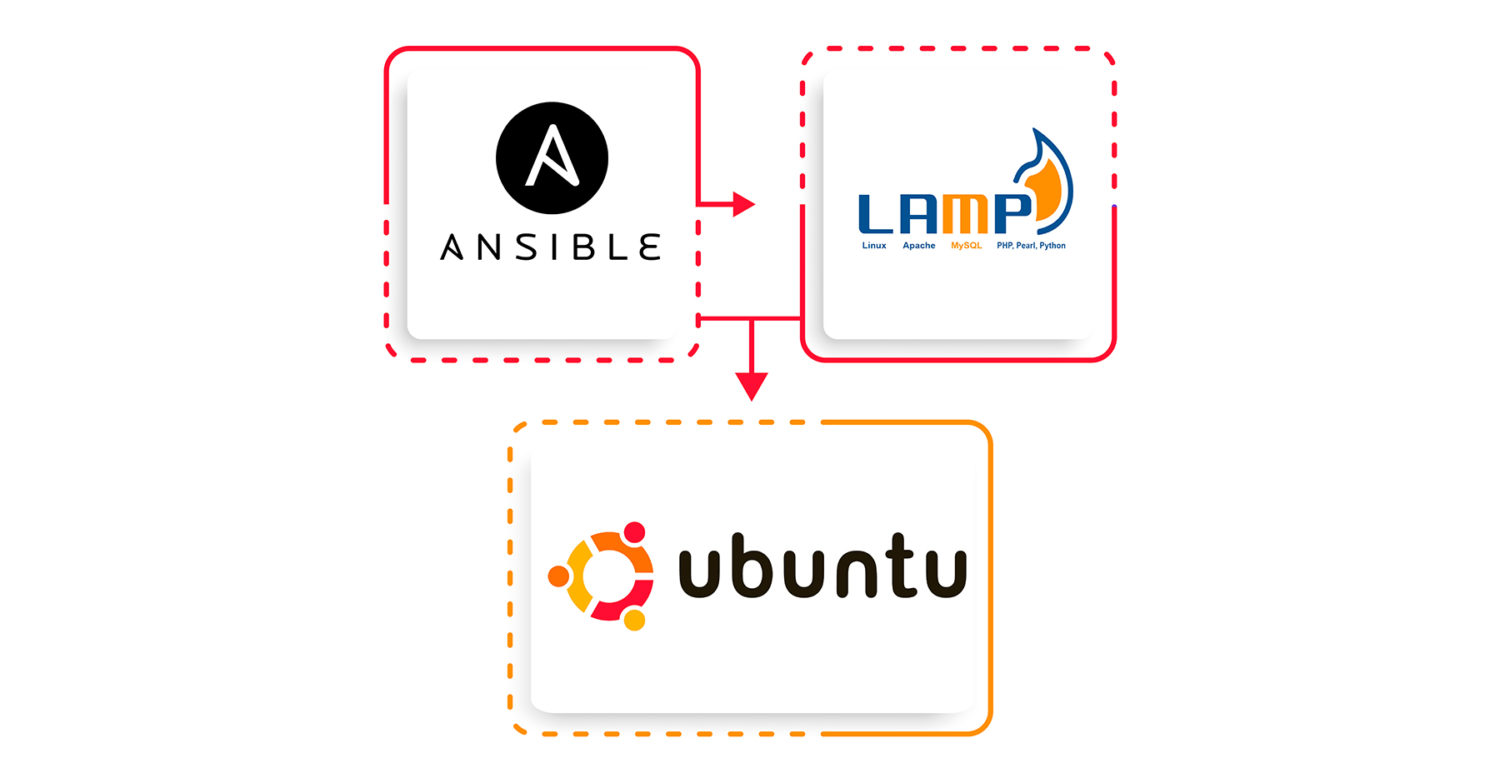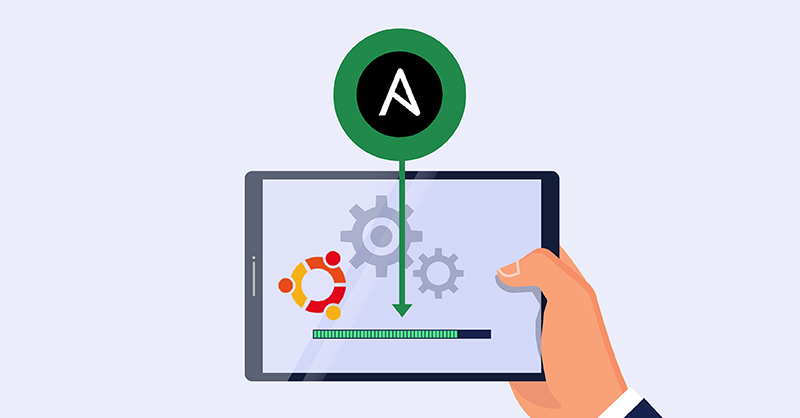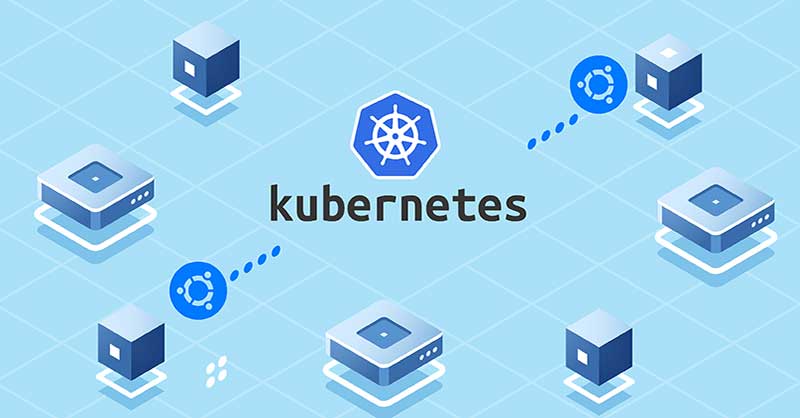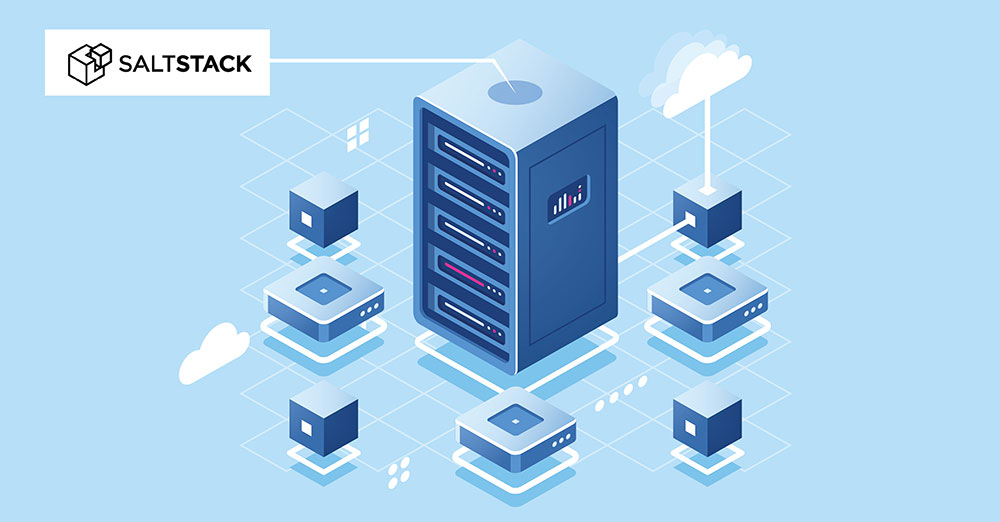Introduction There are always times when we need to have new servers configured. This could be to distribute the workload or if we simply need more servers. When setting up new servers, users need to utilize server automation to configure them. This is done in order to minimize manual intervention. Ansible is one of the configuration management tools that can …
Installing and Configuring LAMP on Ubuntu 20.04 with Ansible
Server automation is a secure and reliable process of managing and monitoring servers in an effective and tech-savvy way. Unlike the traditional style of managing servers at data centers controlled by a dedicated team of experts, all servers are managed using automation. As a result, human errors are minimized. Configuration management tools like Ansible, Puppet, Terraform, to name a few, …
Automating Server Setup using Ansible and Ubuntu 20.04
Introduction Nowadays, servers need to be created and destroyed very frequently. That’s because, at times, servers get a lot of execution load while at other times the load reduces, hence wasting the system resources. A common example is eCommerce websites during the holiday seasons attracting a lot of traffic. When the nature of the application is to be scalable, there …
Installing and Configuring Ansible on Ubuntu 20.04
If you are a system administrator, it’s important that you have a consistent way of managing all of the servers and computers you are using. Configuration management systems can streamline the process to a great degree. They manage all the systems efficiently from a central location. On Linux, there are multiple configuration management systems available. For example, Puppet, Chef, Ansible, …
How To Create a Kubernetes Cluster Using Kubeadm on Ubuntu 18.04
This tutorial will guide you on setting up a Kubernetes cluster from scratch using Ansible and Kubeadm and further deploying a containerized Nginx application with it. Introduction Kubernetes (also known as k8s or “kube”) is an open-source container orchestration platform that automates many of the manual processes involved in deploying, managing, and scaling containerized applications. Kubernetes has a rapidly growing …
An introduction to server provisioning with CloudInit
This month we announced a very exciting partnership with Canonical, the makers of Ubuntu. Above all, the main element in this partnership is the introduction of full CloudInit support between the CloudSigma cloud and Ubuntu. An introduction to CloudInit If you’re not familiar with CloudInit, it is the industry standard for bootstrapping cloud servers. To clarify, if you are using …
An update to CloudSigma’s Ansible module
Recently, we announced an Ansible module for CloudSigma (or rather, a Dynamic Inventory backend). I’ve personally started to use Ansible more and more for performing simple tasks. It did however become somewhat cumbersome to use when you have a larger pool of servers. While still not available in the web app, we have supported Tags for grouping resources for some …
Using Ansible with CloudSigma
In a recent article I wrote about how you can use Salt to manage your CloudSigma infrastructure. However, another tool mentioned in that article was Ansible, which is in many ways similar to Salt. Since we’re all about choice here at CloudSigma, I thought it was only fair to also provide Ansible-users (or aspiring users) with an easy way to …
Spice up your servers with Salt
In recent times, the automation tool Salt has gained a lot of attention. In fact, Salt, along with Ansible, are seen by many as refreshing alternatives to the more established automation tools Puppet and Chef. Recently, a new tool was added to the Salt stack named salt-ssh, which enables you to manage servers without having to install any tools on …









